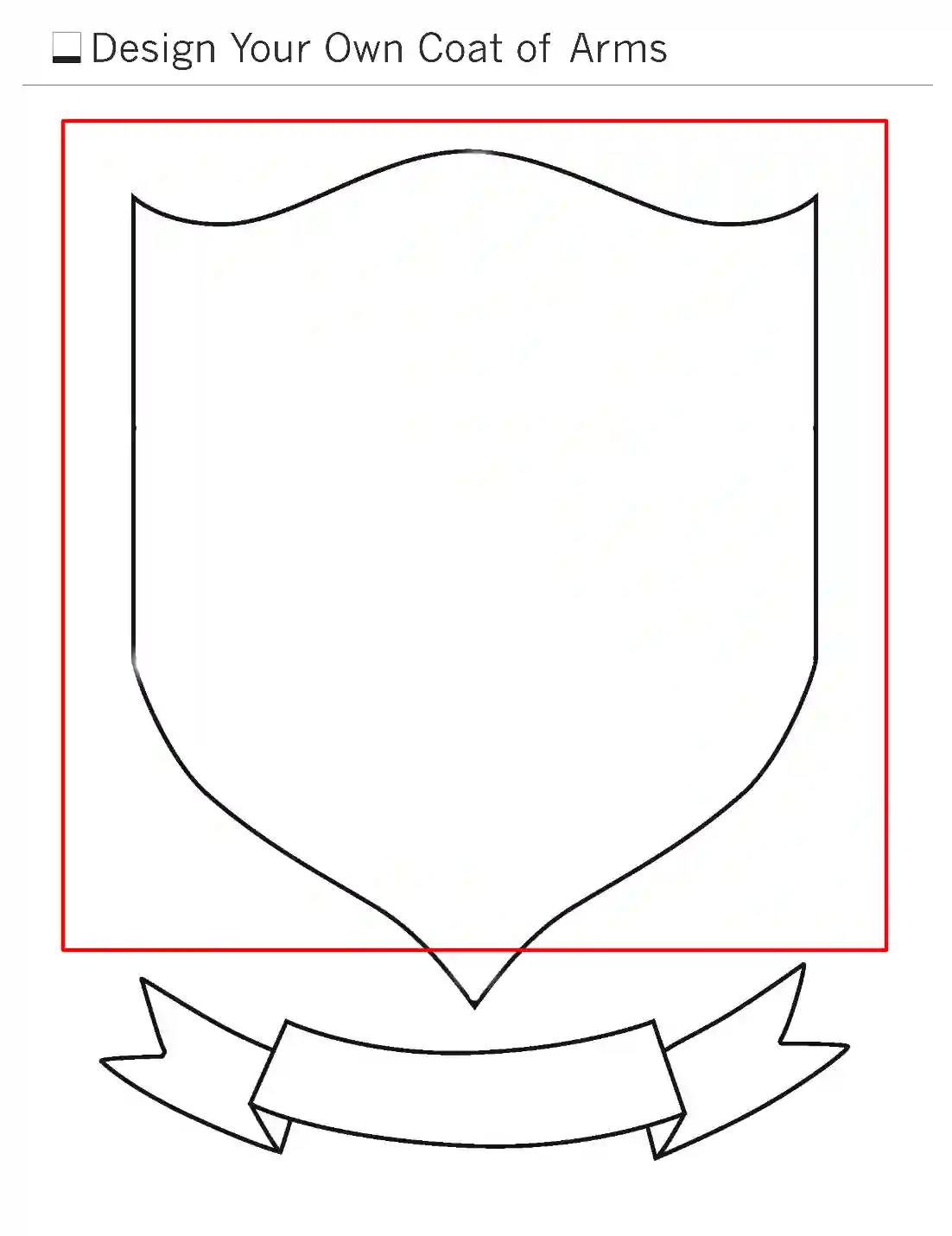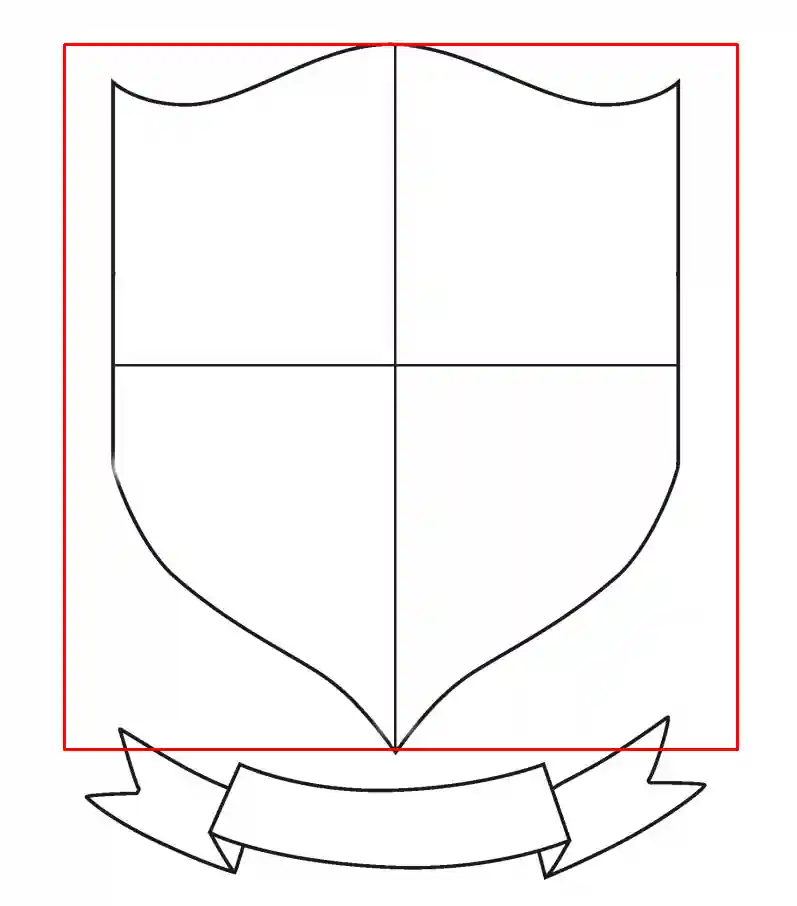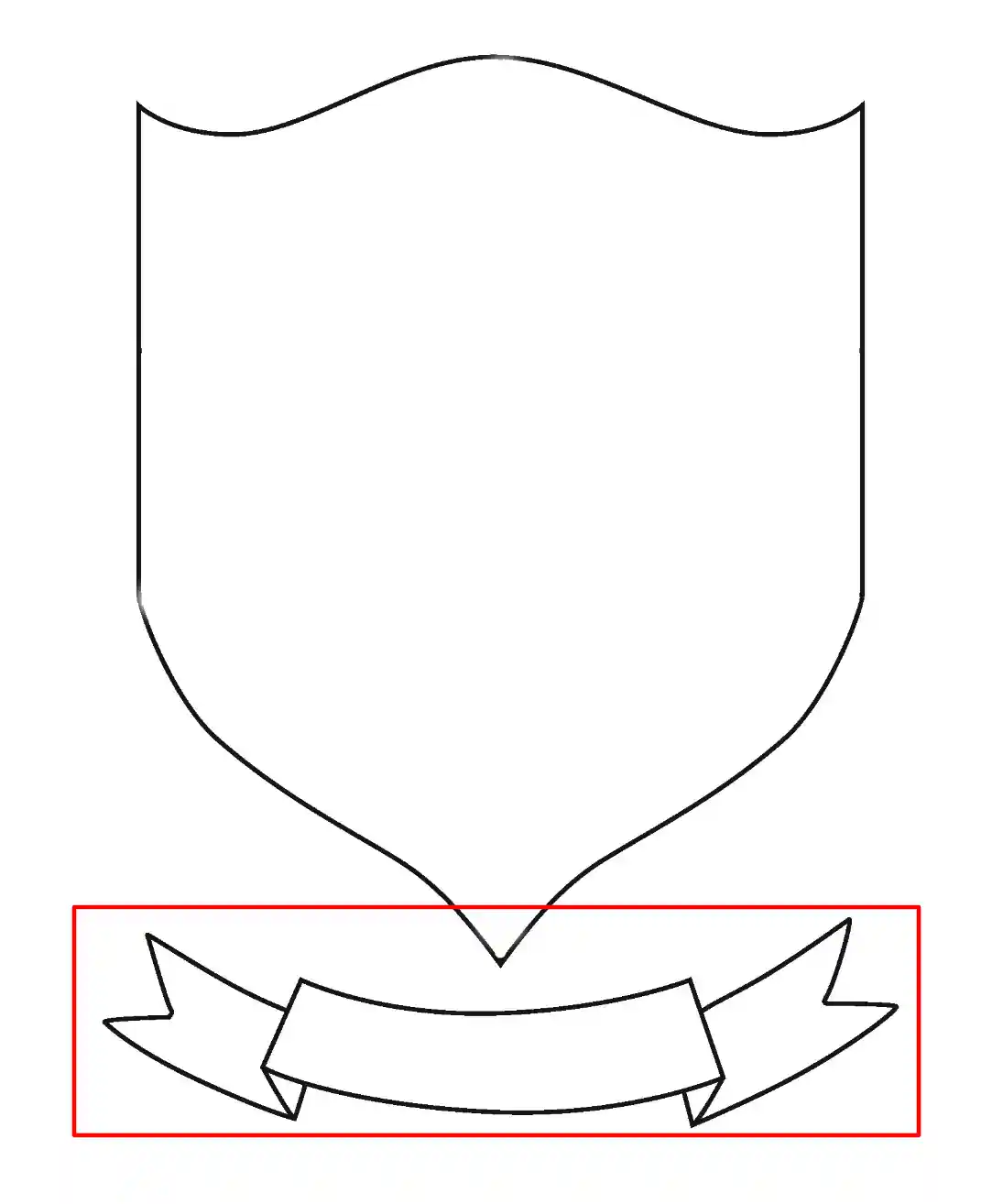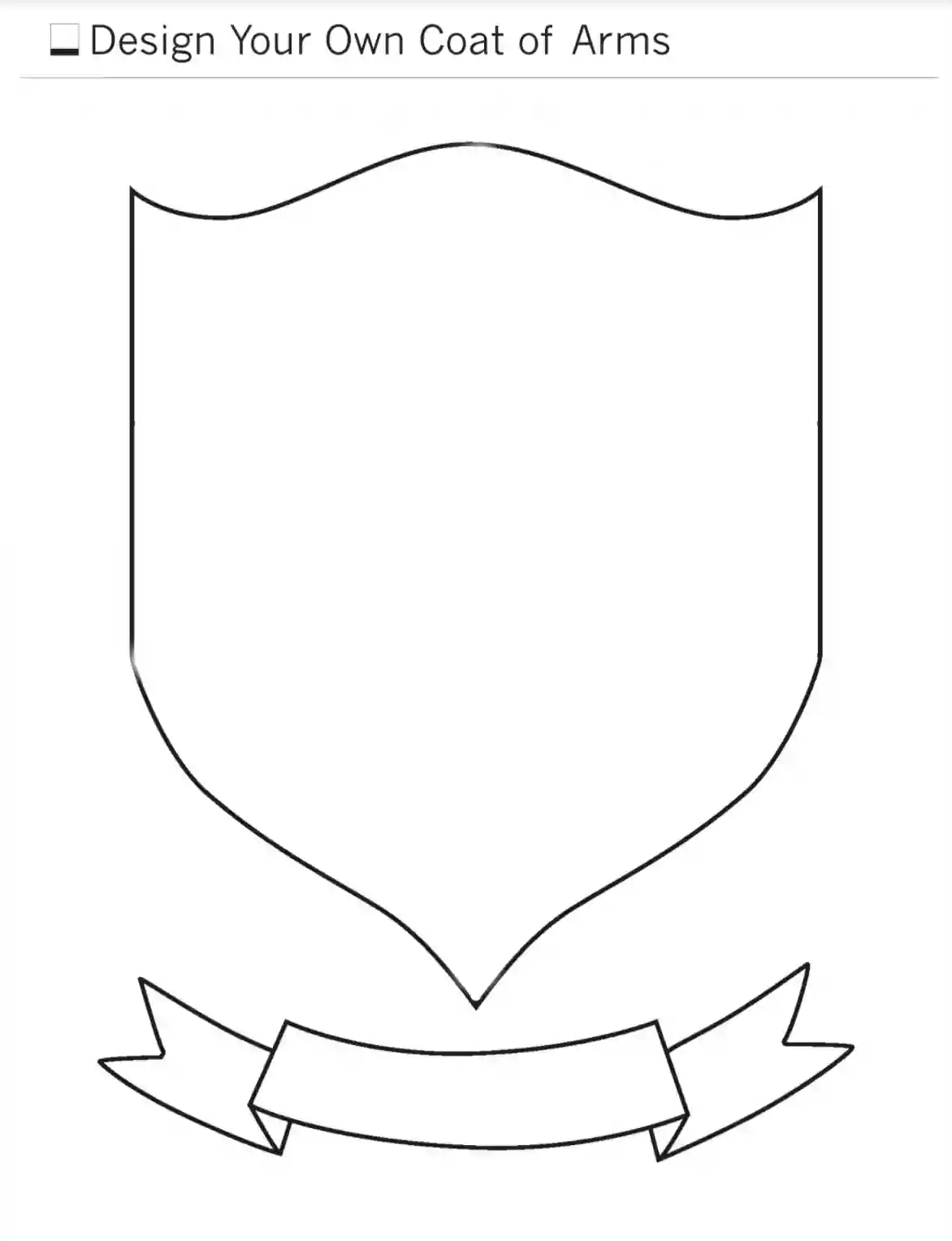A Coat of Arms Template is a pre-designed framework that provides the basic outline and structure for creating a personalized coat of arms. This template is often used in heraldry to guide the design process, ensuring that all traditional elements, such as the shield, helm, crest, and motto, are included in the appropriate arrangement.
A Coat of Arms Template simplifies the creation of a heraldic design, which can be complex due to the rules and customs involved in heraldry. Using a template ensures that the coat of arms adheres to heraldic standards while allowing for customization and personal expression. These templates are helpful for families and individuals wishing to create a symbol of their lineage and or organizations and institutions looking to create a formal emblem that symbolizes their identity and ethos.
Other PDF Forms
Check out additional PDF files available for editing via our editor. Additionally, remember that you can upload, fill out, and edit any PDF at FormsPal.
Steps to Create A Coat of Arms
Designing a coat of arms is easier when you have a ready-made template. We suggest making use of our advanced form-building software to find a necessary template for making sketches. Downloading will take you just a few seconds.
The template consists of two pages. You should choose the necessary design (either with or without quadrants).
- Design Your Shield
In the template, there is a traditional shield form, typically used by people. You have two options: to divide your own shield and place charges in the way you want (Page 1) or to use a shield divided into four parts (Page 2).
If you choose the first variant, you are welcome to be creative and original. Create your symbolic lines or ordinaries – chevrons, crosses, etc. As we have mentioned earlier, even ordinaries can carry a symbolic meaning. We have explained to you what a cross may symbolize. Broadband, dividing the field of the shield across the top, may stand for domination of will. If a band goes down the field vertically, you are likely to emphasize strength and courage.

The second option requires that you fill in each part of the shield. Such division is necessary when you want to place charges that differ in shape and size. You can also color each piece in a different way. Turn to the Internet resources to find the most usable colors with the most recognizable meanings in heraldry and denote universal values.

- Create a Motto
A motto is a statement written on a piece of ribbon below the shield or compartment (In Scotland, it rests at the top of the whole structure). A motto is an encouraging and inspiring saying. It renders the individual’s intention and motivation.
Your coat of arms will look more completed if you add a saying on the ribbon at the bottom. The most important rule to follow when creating a motto is, to be honest with yourself. Your motto should be meaningful to you in the first place; try to reflect your ideas and beliefs by the respective symbols, colors, and words. Once you have thought everything thoroughly, you need to develop a beautiful and matching handwriting design. Make the motto short so that it is easy to remember. You can use quotes from literary works, use the motto of your ancestors, or think of something of your own.

- Add Other Elements
The template space allows you to insert other pieces commonly used in heraldic achievements: supporters, compartment, and other decorative elements. In the previous paragraphs, we have explained what places they should occupy in the armorial achievement. These embellishments will highlight the significant position of the central element – the coat of arms.
